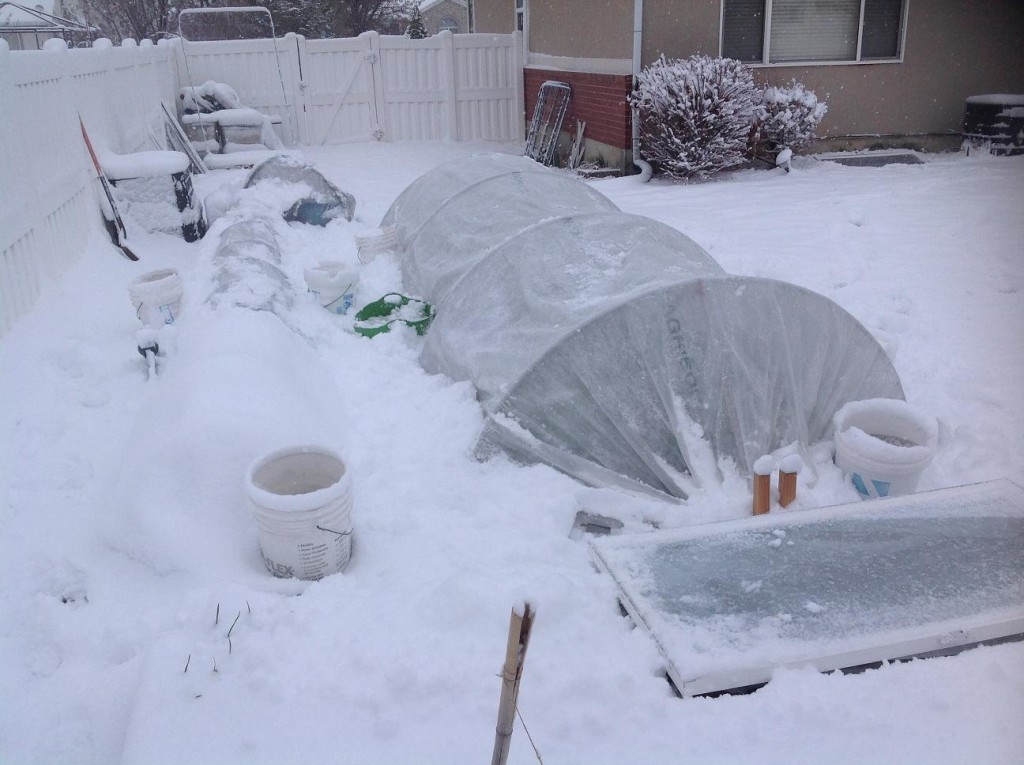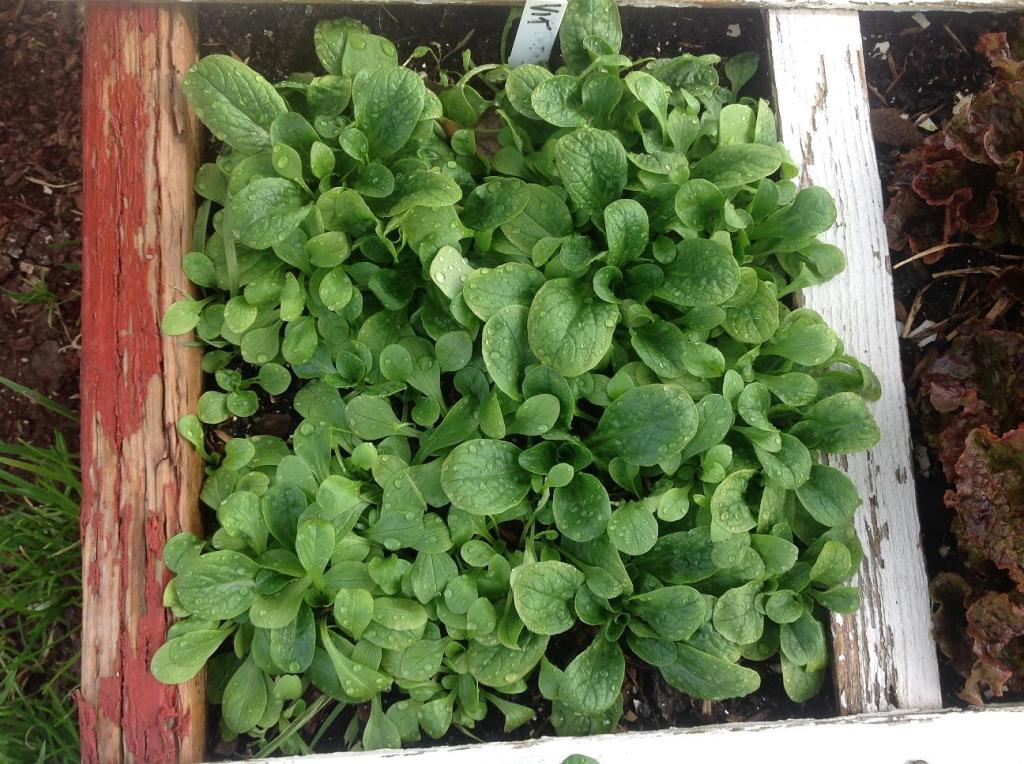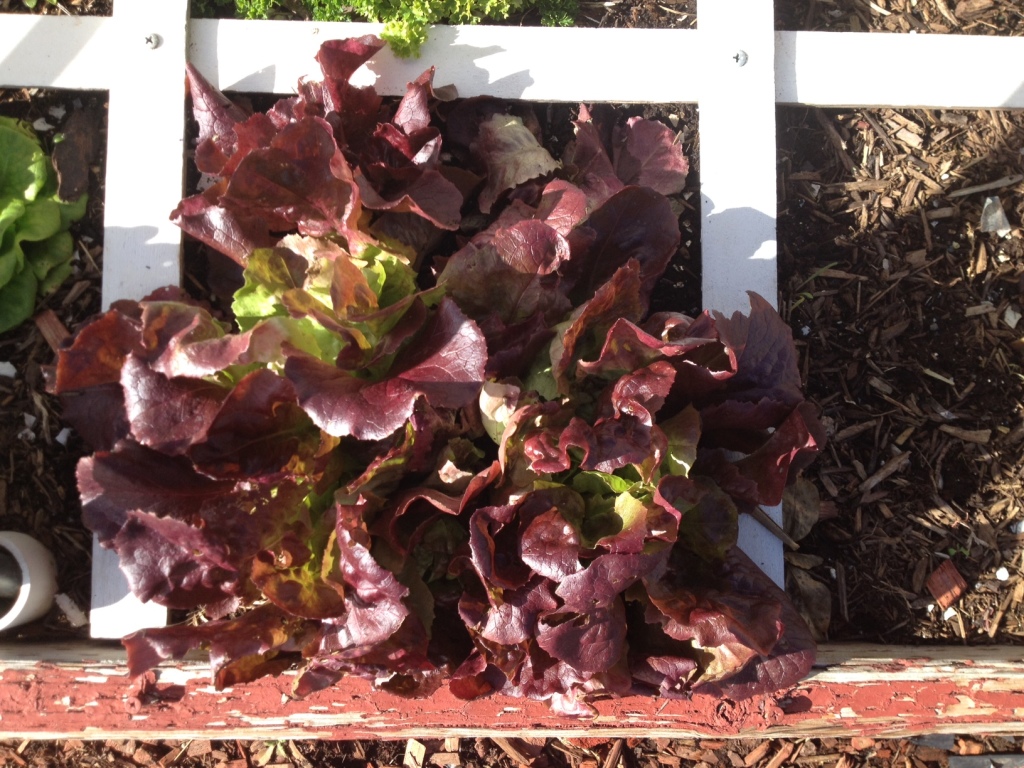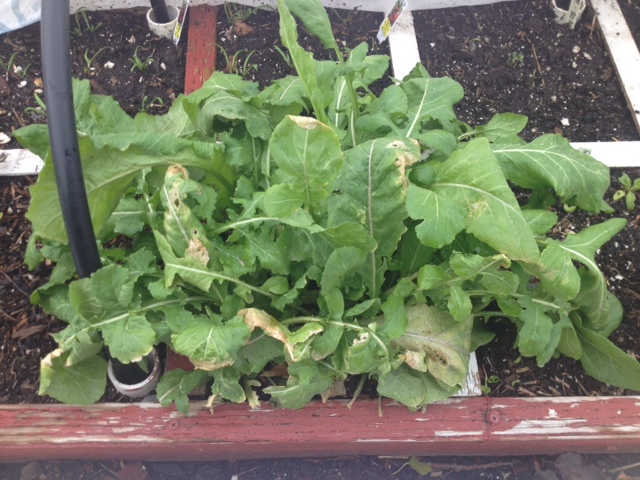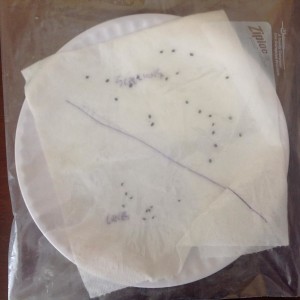 I recently had a note from someone informing me this method simply doesn’t work as a way of sprouting seeds. I’ve had nothing but success doing it this way for a decade. What could be easier? If you were to put these seeds in the ground right now who knows how many would come up? Freezing temperatures, snow, wind, etc. makes this difficult to pull off by planting outside if you live in a northern climate.
I recently had a note from someone informing me this method simply doesn’t work as a way of sprouting seeds. I’ve had nothing but success doing it this way for a decade. What could be easier? If you were to put these seeds in the ground right now who knows how many would come up? Freezing temperatures, snow, wind, etc. makes this difficult to pull off by planting outside if you live in a northern climate.
Seeds only need two things to germinate-warmth and moisture. By putting only a small number of seeds on a paper towel, spraying them lightly with water, and then placing them in a closed ziplock bag, you’ve provided them with one of the essentials-moisture. All you have left to provide is the warmth. I just place this on top of a filing cabinet in one of the bedrooms and wait. In a matter of a few days(depending on the crop)you’ll see them swell and then start to grow a small “tail.” I’ve posted pictures of what this looks like previously.
Once that happens you now have to provide the last thing for them to start growing-light. Use a pencil or tweezers to lift your seedlings off the paper towel and into growing cells. I don’t handle them with my fingers because their too fragile. Cover them with a fine layer of soil, drop the light source about an inch over the height of the plants and keep the soil moist. Because there’s no top over the soil it can dry out quicker than you might expect.
The reason I prefer this method is twofold. First, whatever sprouts will grow. Planting seeds directly into outside soil at this time is risky. This takes all the guesswork out of the equation. The other reason is time. Depending on what you’re planting outside it might take 3-4 weeks to germinate. With few exceptions, the items I grow germinate in a week or less. It’s a great shortcut.
My focus now is past the four season garden. Winter has been a lot of fun but it’s now time to plan my square foot garden. I’ve got plenty of finished compost left over(and covered)from last year to start doing things outside. And there are several crops that will germinate even during this part of the year.[ois skin=”1″]

